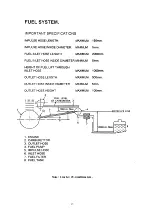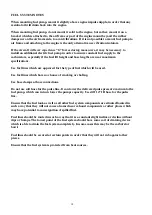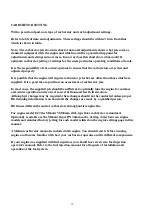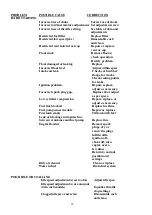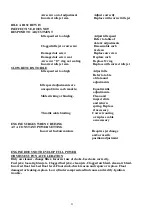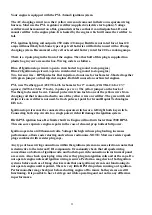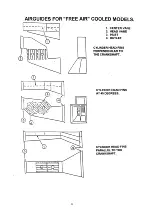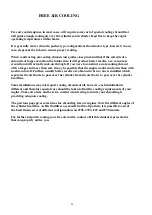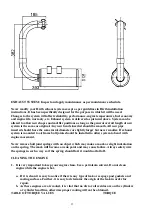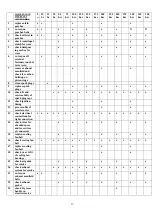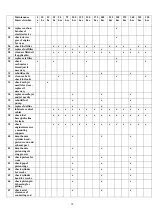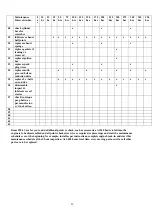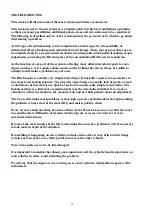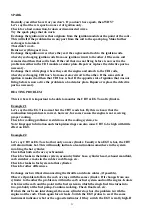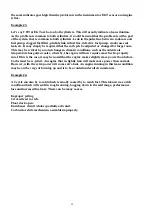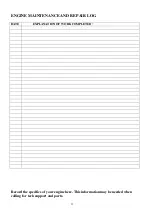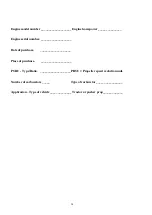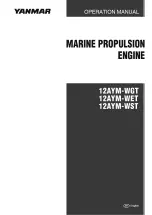
31
SPARK
Basically, you either have it or you d
on’t. If you don’t have spark,
then WHY?
Let’s say that there is spark on one set of ignition only.
Check for a bad connection, broken or disconnected wires.
Try the spark plugs that do work.
Exchange the ignition wires that originate from the ignition module at the point of the coils.
This will tell if the problem lies in any part from the coil to the spark plug. Make further
exchanges to isolate it.
That didn’t work.
Return everything as it was.
Exchange the ignition wires where they exit the engine and attach to the ignition coils.
whereby exchanging ignition coils from one ignition circuit to the other. If the same coil
remains dead then that coil is bad. If the coil that was not firing before is now active the
problem is either in the CDI module or stator plate. Repair or replace the defective part as
necessary.
Exchange the 4 white plugs where they exit the engine and attach to the CDI coils,
whereby exchanging
CDI box’s from one
stator circuit to the other. If the same side of
ignition remains dead then that CDI box is bad. If the opposite side of ignition that was not
firing before is now active the problem is a bad stator plate. Repair or replace the defective
part as necessary.
HEATING PROBLEM
This is where it is important to be able to monitor the CHT & EGT on all cylinders.
Example #1
Let’s say that the EGT is normal but the CHT reads hot. By this we know that the
combustion temperature is correct, however, for some reason the engine is not receiving
proper cooling.
Check for cooling problems: restrictions of the cooling system, etc.
Note: Improper lubrication and stuck piston rings can also cause CHT to be high with little
effect on EGT.
Example #2
Let’s say CHT & EGT are
hot but only on one cylinder. Usually when EGT is hot, the CHT
will also indicate hot. This will usually indicate a lean situation somewhere in the system
involving the hot cylinder.
Check that both carbs are synchronized.
Check for leaks in the intake system, around cylinder base, cylinder head, exhaust manifold,
carb enricher, cracks in the rubber carb flange, etc.
Check for leaks in fuel system to that cylinder.
Check for other differences.
Exchange carbs without disconnecting the throttle and choke cables, (if possible).
Observe if problem follows the carb or stays with the same cylinder. If it changes from one
cylinder to the other the problem is within the carb or fuel system and not the engine. Isolate
it between the carb and the point in the fuel system in which the single fuel line turns into
two, probably at the fuel pump. Continue isolating. Check float level, etc.
If when the carbs are interchanged, the same cylinder stays hot, the problem is with the
engine not the carb. Check again for air leaks. Switch the EGT probes to see if the same
instrument indicator is hot or the opposite indicator. If they switch the EGT is really high. If
Summary of Contents for F-23
Page 17: ...17 Note 1 inch 25 4 millimeters ...
Page 23: ...23 ...

